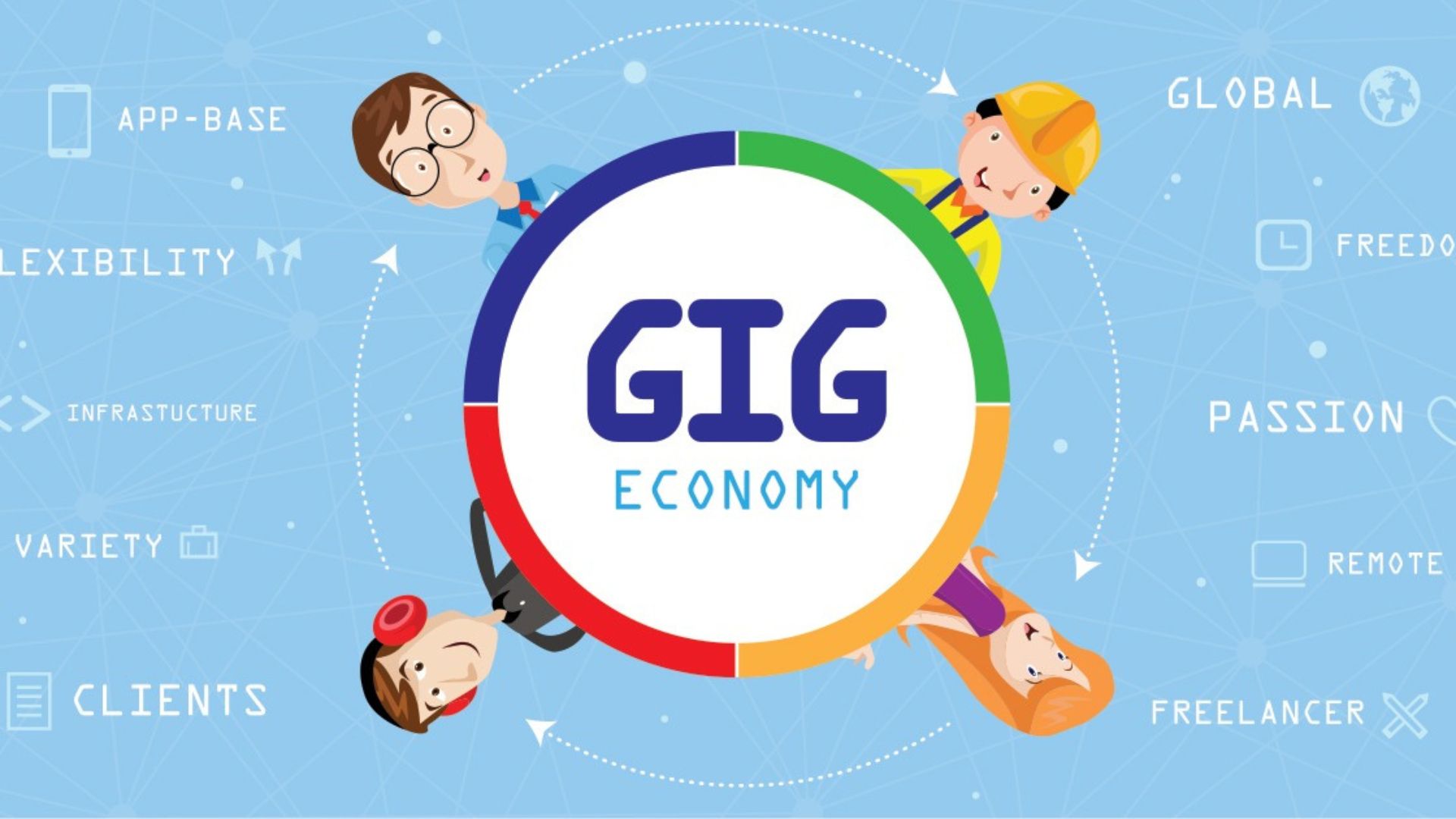Recent research has revealed that AI chatbots, including OpenAI’s ChatGPT, are consuming much more water than previously thought, raising concerns about sustainability. While AI tools have become integral to tasks ranging from daily use to advanced research, their environmental impact is being questioned due to the water required to cool the data centers that power them.
Significant Water Use by ChatGPT
A 2020 study by the University of Riverside, California, estimated that OpenAI’s ChatGPT consumes approximately two liters of water to process 50 queries. However, a recent report from The Times, citing a pre-print study, suggests that the actual water consumption is significantly higher than this initial estimate.
The ongoing research, titled “Making AI Less Thirsty”, is set to be published in Communications of the ACM. This study has specifically analyzed the water usage of ChatGPT’s earlier version, GPT-3. Since then, OpenAI has introduced newer models, such as GPT-4 and GPT 4o, with even more powerful computing capabilities, and plans for GPT-5 are underway. The water consumption for these more advanced models is expected to increase due to the higher energy demands involved in handling more complex tasks.
AI’s Growing Environmental Impact
The increasing water consumption required to cool data centers has become a pressing issue for tech companies that host AI services. Major technology companies such as Amazon, Google, Microsoft, and Meta are being scrutinized for the environmental impact of their operations. Data centers, which run 24/7 to support AI functions, generate significant amounts of heat, necessitating large quantities of water for cooling.
Google recently suspended a $200 million data center project in Santiago, Chile, following protests from environmentalists and local communities concerned about water scarcity in the region. The issue of water stress is now a common challenge faced by big tech companies.
Industry-Wide Water Usage
As AI continues to expand, the workload on data centers—and their water footprints—are growing. A recent sustainability report from the tech industry revealed that major companies have differing levels of water consumption. Google and Meta each accounted for 17% of total water use, while Microsoft led with a staggering 22.5%. Amazon, however, has not disclosed its water consumption levels, though experts cited in The Times report suggest it may exceed the usage of its competitors.
As AI evolves and becomes more ingrained in everyday life, its environmental impact, particularly in terms of water consumption, cannot be ignored. Ongoing research is expected to further analyze how advancements in AI are contributing to increased resource usage, pushing for sustainable solutions in the industry.
















